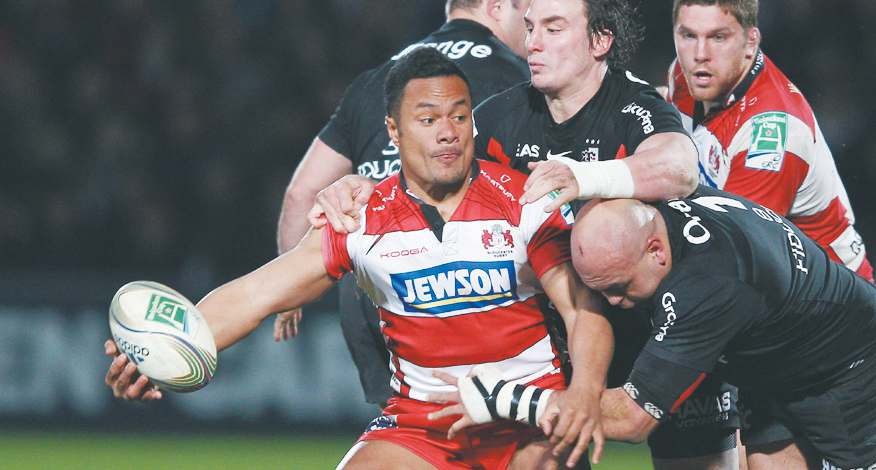Scotland’s shame to vote against the five-year rule

Categories: Features
Tags: All Blacks, Argentina, Eddie Jones, England, Fiji, France, New Zealand, Premium, Scotland, Six Nations, World Rugby
COLIN BOAG
Well done World Rugby for finally getting to grips with the ridiculous three-year residency rule that led to the affront to the game that is ‘project players’.
A country could find a foreign player who wasn’t quite good enough to play for their homeland, invite them to join one of their clubs, regions or provinces, and after three years, Bob’s your uncle, they were qualified for international selection.
The sad thing is that the new rule comes into effect only at the end of 2020, so any international mercenary who’s been based in a country for the ...
Continue reading...
Access all our premium content from as little as 14p per day!
Already a subscriber to our website? Login